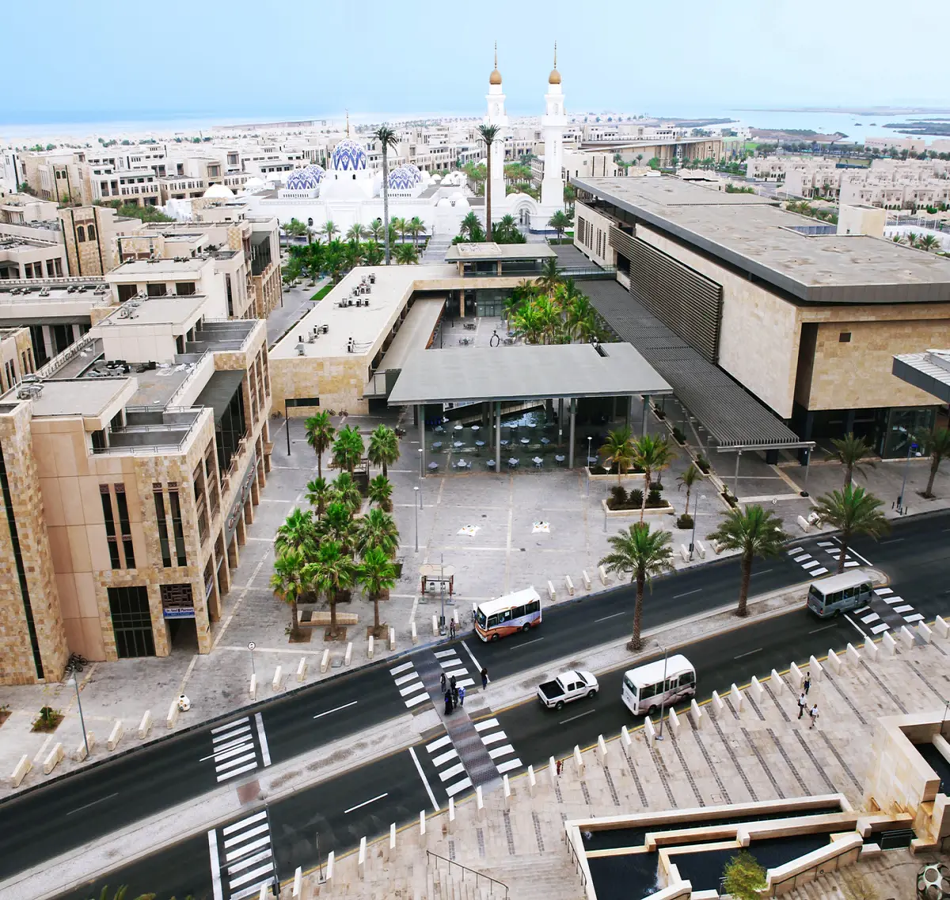A Saudi university is using drops of "gel" to culture cells in the human body

Jeddah-KAUST University of Science and technology, through a scientific research carried out by a group of its scientists, has come up with the use of micrometer-sized, ultrashort and self-assembling "gel" drops to form supporting networks of nanofibers; they can be injected into ischemic tissue; thus, the cultivation of tissues similar to human tissues is achieved, in order to benefit from them in regenerative therapies.
This type of treatment is used for the body, with the aim of making it work in a natural way and without and without being pronounced by the body's immunity; since gels are three-dimensional molecular polymer networks swollen by a solvent such as water in the case of hydrogels; these gels are commonly known as "nanogels" for total sizes below 100 nm and"microgels" for objects larger up to the micron range.
For her part, bioengineer and head of the department at "KAUST" and supervisor of the study, Professor Charlotte Hauser, explained that the microgel droplets we use are unique, they consist of only four amino acids, which makes them the shortest self-assembling peptide used in the manufacture of microgels to this day, and this ultra-short structure reduces the cost of peptide synthesis and reduces the time spent in that process.
The study showed that ultrashort and self-assembling peptides have a feature that distinguishes them from other substances, namely their ability to combine to form a structure similar to that which supports cells in living tissue, and they can also be grown from chemically synthesized peptides, not uttered by the body's immunity, and are easy to modify and improve for large-scale production purposes.
The team succeeded in growing endothelial cells on the surfaces of these droplets, and injected microgels loaded with cells inside a block of aqueous gel made of the same ultrashort peptides that also contain fibroblasts, a type of cells that play a role in wound healing, where the endothelial cells, which are actually multiplying, began to extend branched from microgels and branched into tubular blood vessels.
Regenerative medicine is a branch of medicine that focuses on restoring the structure and function of damaged or diseased tissues and organs; to achieve this goal, stem cells, tissue engineering, gene therapy, and other methods are used to repair, replace, or regenerate damaged or diseased tissues and organs.
The field of regenerative medicine has continued to advance rapidly, with many clinical trials being conducted to evaluate the safety and effectiveness of various regenerative therapies; while there are still challenges to overcome, such as the need to better understand the mechanisms involved in tissue regeneration and develop more effective delivery methods, regenerative medicine holds great promise for the future of healthcare.



